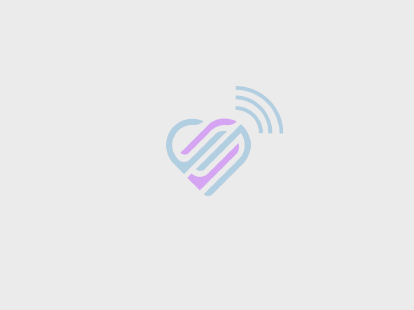Corkwood
Scientific Name(s): Duboisia myoporoides R. Br.
Common Name(s): Corkwood tree, Pituri
Medically reviewed by Drugs.com. Last updated on Feb 21, 2022.
Clinical Overview
Use
Corkwood leaves have been used as a CNS stimulant and hallucinogen; however, there are no recommended uses.
Dosing
There are no recent clinical studies of corkwood that provide a basis for dosage recommendations. If consumed, corkwood should be used with caution due to its high anticholinergic alkaloid content.
Contraindications
Contraindications have not yet been identified.
Pregnancy/Lactation
Avoid use. Information regarding safety and efficacy in pregnancy and lactation is lacking.
Interactions
None well documented.
Adverse Reactions
Even small doses may cause CNS disturbances.
Toxicology
Large doses may be fatal.
Scientific Family
- Solanaceae (nightshades)
Botany
The corkwood shrub or tree is found throughout most of Australia. The corkwood tree grows to 14 m tall and is a very light wood with a thick cork-like bark. The narrow leaves contain the alkaloids of interest, while the plant bears small, white flowers and black berries.Pellowe 2013, USDA 2014
History
The leaves of the corkwood are cured and rolled into quids that were chewed by Australian natives to ward off hunger, pain, and fatigue. Because the leaves contain anticholinergic stimulants, it has been reported that Australian aborigines have tainted waterholes with leaves in order to stun and capture animals. The alkaloids derived from the plant are sometimes used as a therapeutic substitute for atropine, and the plant has been an important source of scopolamine. The plant has been used in homeopathy to treat eye disorders. The wood of the corkwood is used for carving.Duke 2003, Pellowe 2013
Chemistry
As with other members of the Solanaceae family, the corkwood plant is rich in alkaloids, yielding more than 2% alkaloids, especially from the leaves, consisting primarily of hyoscyamine and hyoscine (scopolamine). The alkaloids atropine, butropine, and more than a dozen additional related compounds, including nicotine and nornicotine, are isolated.Coulsen 1968, Coulson 1967, Ishimaru 1989
Uses and Pharmacology
There are no recent clinical studies of corkwood that provide a basis for therapeutic recommendations. The plant is used as a source of the purified alkaloids for the pharmaceutical industry. Older reports suggest corkwood leaves have been used as an antidote to the GI symptoms of ciguatera poisoning due to consumption of toxin-contaminated reef fish.Dufva 1976
Dosing
There are no recent clinical studies of corkwood that provide a basis for dosage recommendations. Corkwood should be used with caution due to its high anticholinergic alkaloid content.
Pregnancy / Lactation
Avoid use. Information regarding safety and efficacy in pregnancy and lactation is lacking.
Interactions
None well documented.
Adverse Reactions
This plant demonstrates stimulant and hallucinogenic properties by virtue of the anticholinergic effects of its major constituents.Duke 2003, Pearn 1981 (See Anticholinergic Agents Toxicology Treatment Guidelines.)Facts 2015
Toxicology
Scopolamine and related alkaloids can be fatal in large doses due to competitive inhibition of central and peripheral acetylcholine muscarinic receptors.



